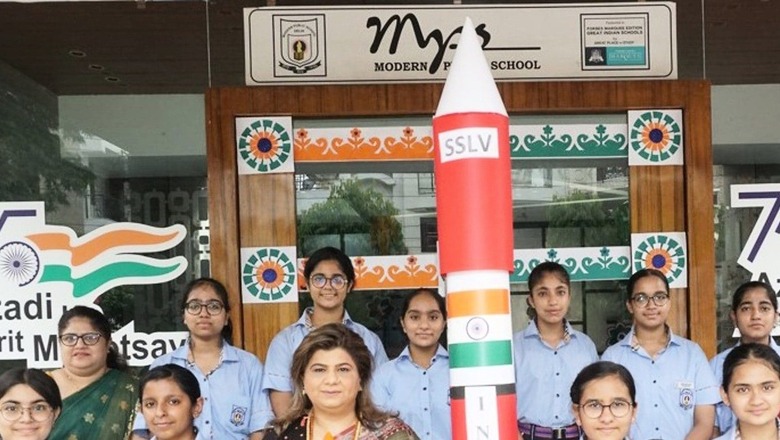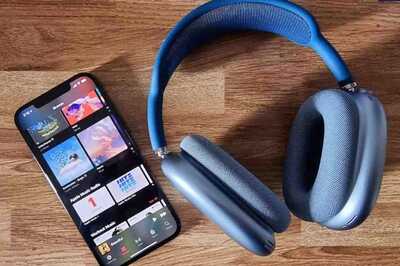
views
“No one in my family has pursued science. Earlier, my father was apprehensive but now when we have made a satellite, he too wants me to pursue my future studies in space and technology,” said Manya Saluja, a Class 10 student of Modern Public School, Delhi who was part of a team of school girls who were mentored by Indian Space Research Organisation (ISRO) to develop and built a satellite.
A total of 750 girl students from across India were selected to build ‘AzadiSAT’, a satellite which marked India’s 75th year of Independence. As part of the programme ISRO aims to push girls to take up Science, Technology, Engineering, and Mathematics (STEM). Even though the satellite was not a success, ISRO has been successful in planting dreams in eyes of young girls from rural India who now are aiming at working in STEM, especially space and technology.
In this initiative girl students from mainly government schools coming from economically weak backgrounds across the country were provided guidance to build these payloads, which were then integrated by the student team of “Space Kidz India”.
As many as 75 schools across the country were selected to be part of this futuristic project, where students, predominantly from classes 8th-12th, were provided with practical exposure to space science. Each team from the 75 schools consisted of 10 girl students.
All the 10 girls in my team want to pursue the science stream now as this initiative has pushed out our curiosity and fascination for space.
“All the 10 girls in my team want to pursue the science stream now as this initiative has pushed out our curiosity and fascination for space. We used to have four-hour long online sessions once a week and all of us used to be excited every time” said Angel Kalra, a student of Modern Public School, Delhi.
The countdown, launch, and all three stages of the journey from the Spaceport went as per the calculations of the ISRO scientists. SSLV was carrying the Earth Observation Satellite (EOS-02), the main payload of AzadiSat, but it was unfortunately declared a failure because it could not reach its assigned orbit.
If we can build a satellite in first attempt, we can do it again to make it a success.















Comments
0 comment